Astrobiology Magazine
-
![[:es]Evidence suggests life on Earth started after meteorites splashed into warm little ponds[:]](https://katedra.eus/app/uploads/2017/10/151821_web.jpg)
[:es]Evidence suggests life on Earth started after meteorites splashed into warm little ponds[:]
Life on Earth began somewhere between 3.7 and 4.5 billion years ago, after meteorites splashed down and leached essential elements into warm little ponds, say scientists at McMaster University and […]
-

Planet Nine: A World That Shouldn’t Exist
New research examines a number of scenarios explaining the presence of Planet Nine, and finds that most of them have low probabilities.
-

What if extraterrestrial observers called, but nobody heard?
As scientists step up their search for other life in the universe, two astrophysicists are proposing a way to make sure we don’t miss the signal if extraterrestrial observers try […]
-
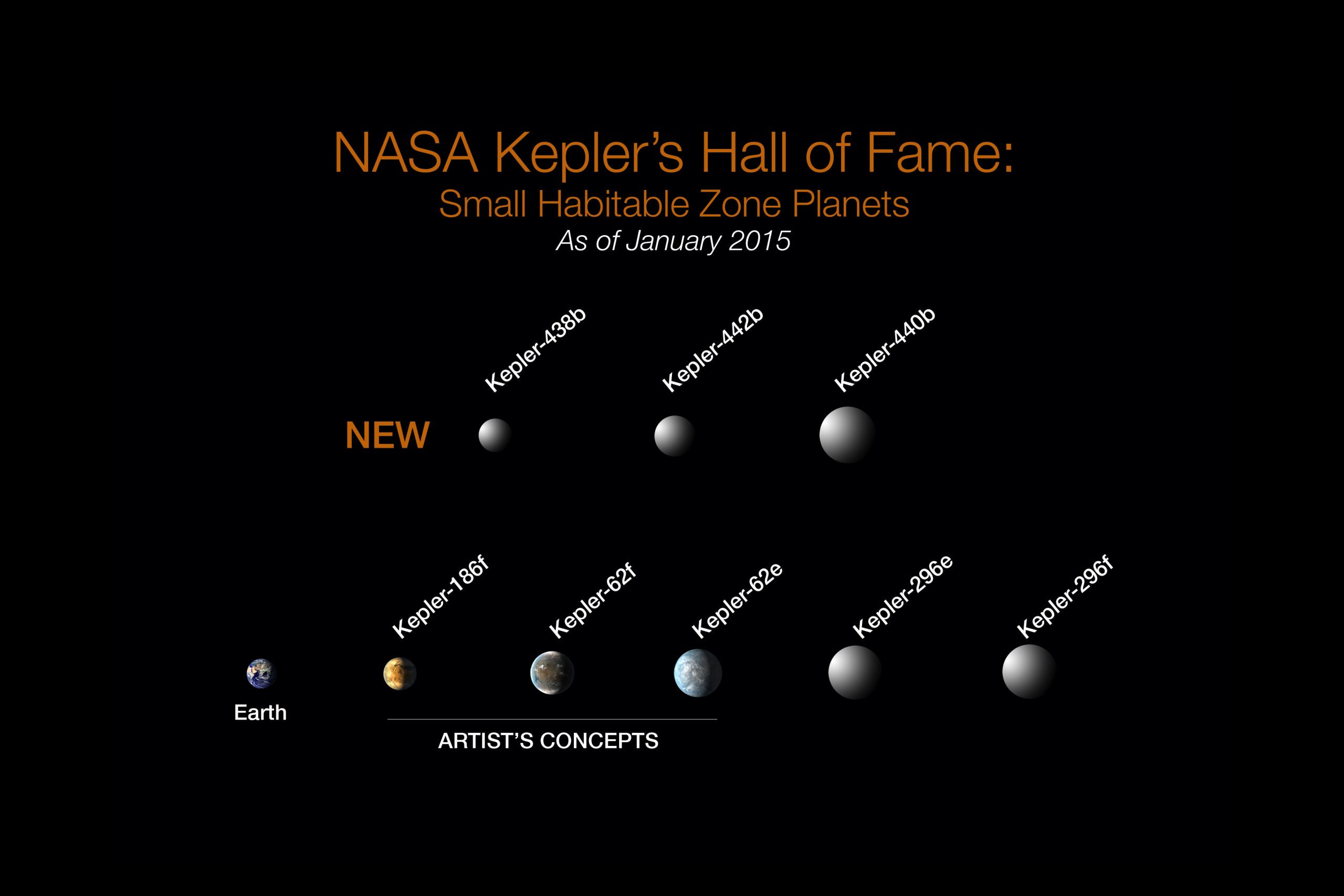
NASA’s Kepler Marks 1,000th Exoplanet Discovery, Uncovers More Small Worlds in Habitable Zones
How many stars like our sun host planets like our Earth? NASA’s Kepler Space Telescope continuously monitored more than 150,000 stars beyond our solar system, and to date has offered […]
-
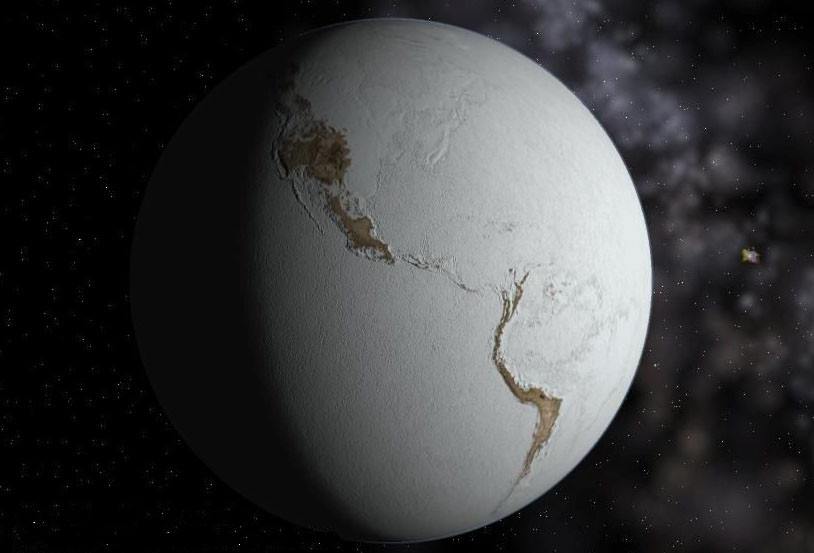
Life exploded on Earth after slow rise of oxygen
It took 100 million years for oxygen levels in the oceans and atmosphere to increase to the level that allowed the explosion of animal life on Earth about 600 million […]
-
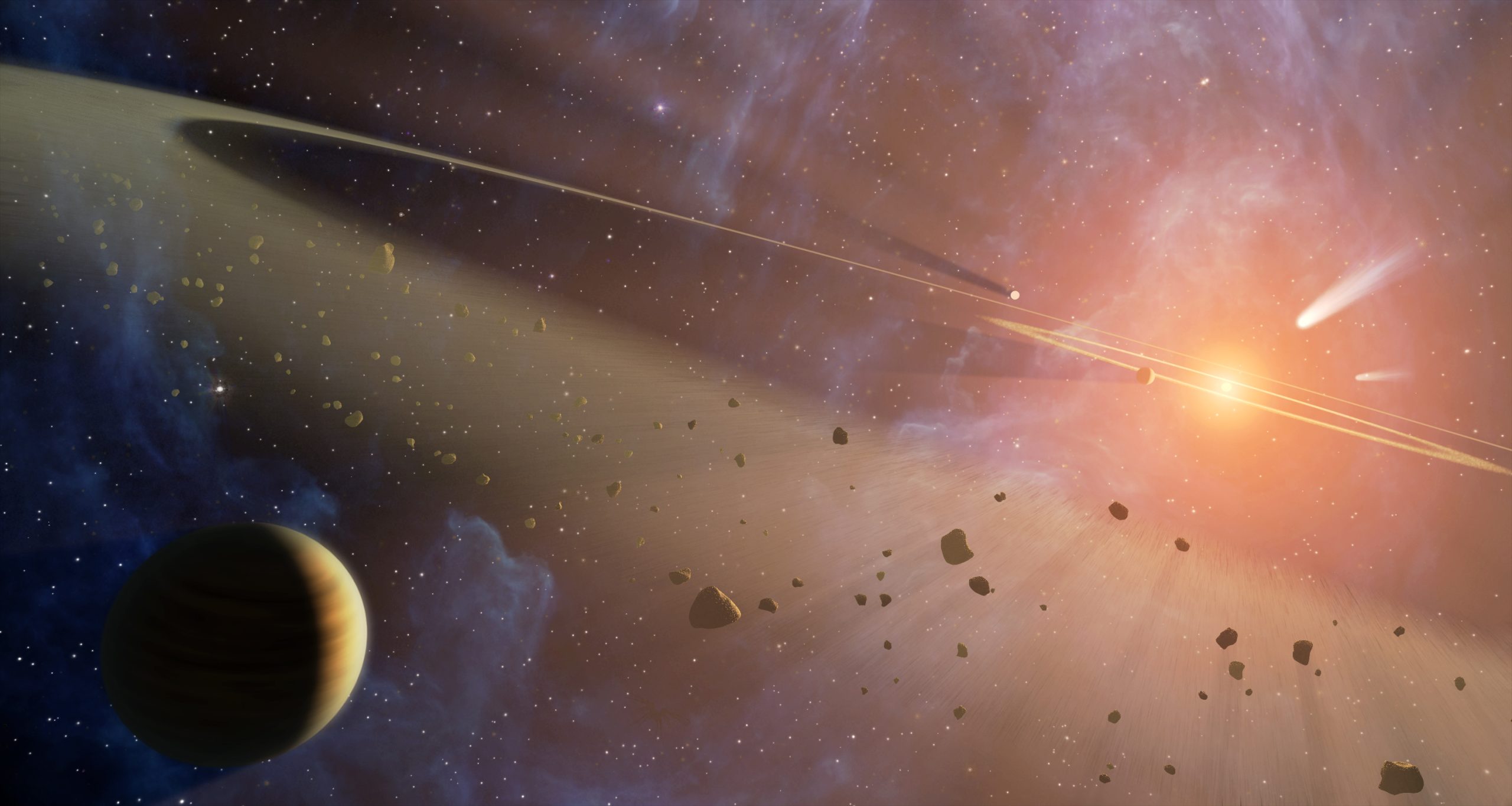
Disk Gaps Don’t Always Signal Planets
When astronomers study protoplanetary disks of gas and dust that surround young stars, they sometimes spot a dark gap like the Cassini division in Saturn’s rings. It has been suggested […]
-
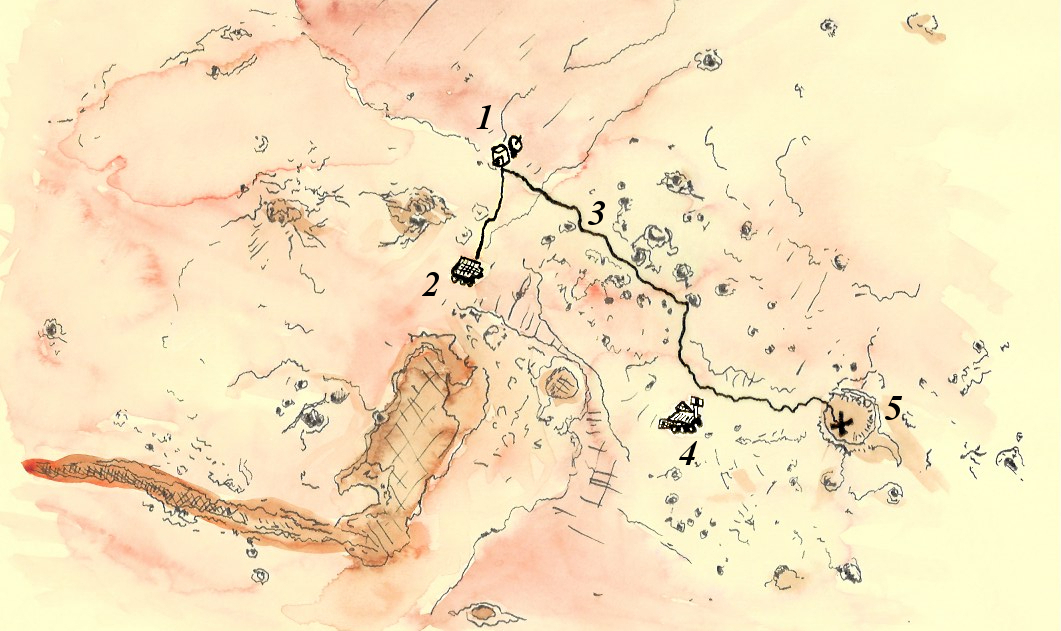
The Martian Astrobiologist
NASA is already developing technologies that appear in the film The Martian, and the Astrobiology Program has been studying many of the sites on Mars that feature on the big […]
-
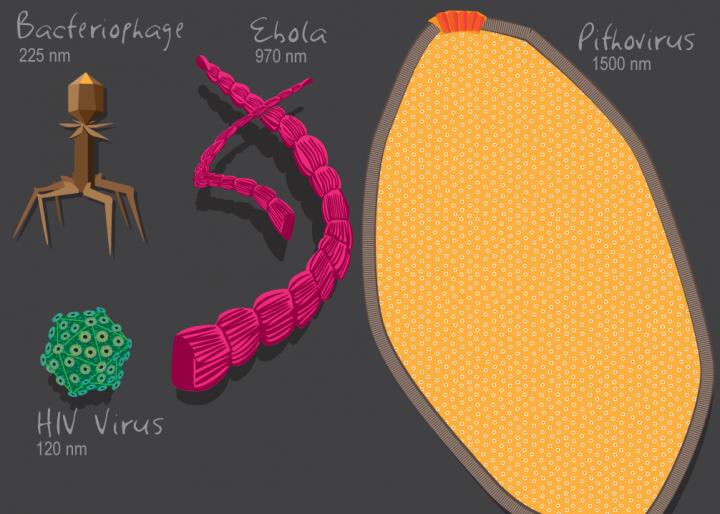
Study adds to evidence that viruses may be alive
A new analysis supports the hypothesis that viruses are living entities that share a long evolutionary history with cells, researchers report. The study offers the first reliable method for tracing […]
-
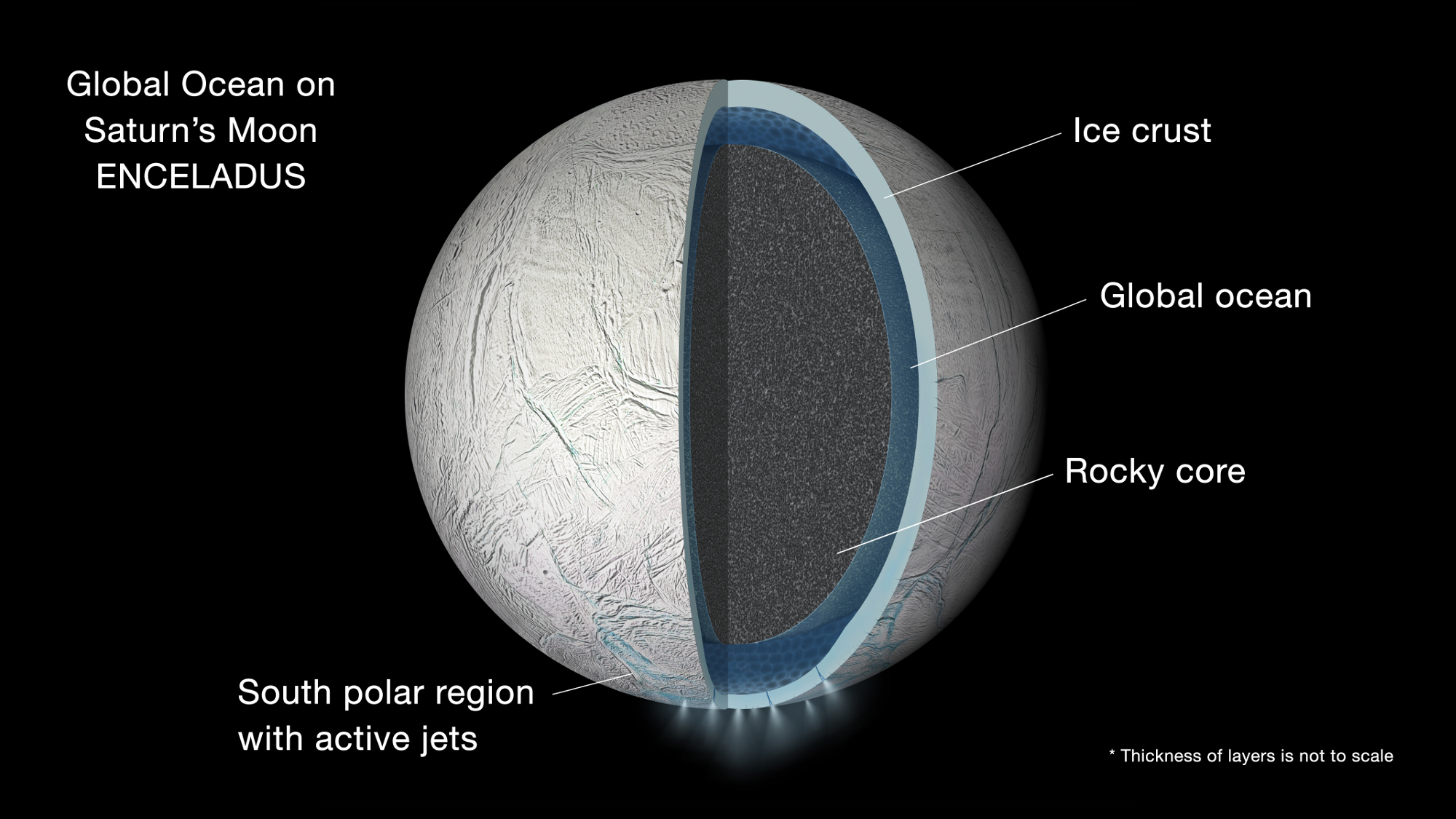
Cassini Finds Global Ocean in Saturn’s Moon Enceladus
A global ocean lies beneath the icy crust of Saturn’s geologically active moon Enceladus, according to new research using data from NASA’s Cassini mission.
